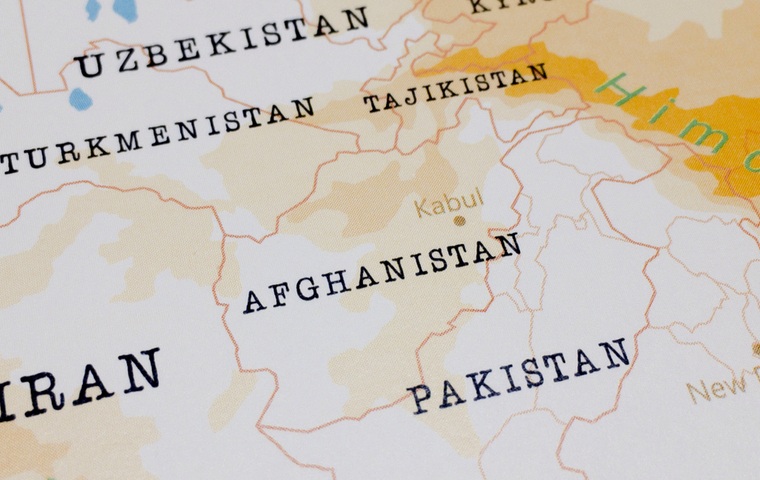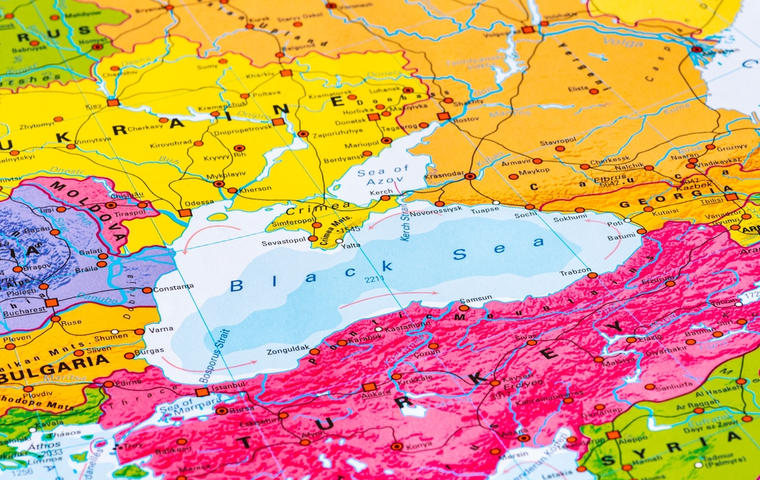Takaichi–Trump Summit: Dawn of a New Golden Era
Related Articles
Inheriting Abe’s Legacy: The “New Golden Era” Forged Between Takaichi and Trump
On October 28, 2025, Prime Minister Sanae Takaichi and U.S. President Donald Trump held their first summit meeting at the Akasaka Palace State Guest House in Tokyo—an encounter marked by an atmosphere of exceptional warmth and mutual admiration. This success was no coincidence. Behind the swift formation of strong personal trust lay the enduring diplomatic legacy of the late former Prime Minister Shinzo Abe.
At the outset of the talks, Takaichi declared her intention to “restore a vigorous Japanese diplomacy centered on the Japan–U.S. alliance.” President Trump responded, “The relationship between Japan and the United States will become stronger than ever before.” Both leaders agreed to work together in “building a new chapter in the history of the alliance.”
The extraordinary nature of this meeting was visible in the details. Unlike his usual informal style, President Trump appeared with his jacket buttoned—an expression of respect and seriousness typically reserved for meetings with figures such as China’s Xi Jinping. For her part, Takaichi addressed Trump directly in English for about a minute at the start and delivered a firm handshake, deliberately embodying the “strong leader” image Trump admires. Heartfelt gifts—including a gold-leaf golf ball crafted with Kanazawa’s traditional technique and Abe’s favorite putter, entrusted to her by former First Lady Akie Abe—further lifted Trump’s spirits throughout the day.
Throughout the meeting, Abe’s memory was the common thread. Trump repeatedly said, “Shinzo was a great friend of mine,” and “He thought very highly of you,” treating Takaichi as the rightful successor to a trusted ally. Thus, although it was their first face-to-face encounter, the relationship began on a foundation of long-established trust. Takaichi successfully leveraged Abe’s personal diplomacy as a form of political capital to open a new chapter in Japan–U.S. relations.
After the talks, the two leaders flew together aboard the presidential helicopter Marine One to the U.S. naval base in Yokosuka—a roughly 20-minute flight that proved crucial for solidifying their personal bond. When Trump told Takaichi, “If Japan ever needs anything, you can count on me,” it echoed Abe’s words to Trump before his own presidency: “Donald, you can always ask me anything.” It was, symbolically, the completion of a circle of personal trust.
United on Strengthening Defense Capabilities: A Display of an Unshakable Alliance

This summit marked a historic turning point, deepening the Japan–U.S. alliance to a new strategic level. Takaichi characterized the current international situation as “the most severe and complex security environment of the postwar era” and firmly declared Japan’s resolve to fundamentally reinforce its defense capabilities and increase defense spending as a “proactive national decision.” She conveyed her plan to advance the 2%-of-GDP defense-spending goal to fiscal year 2025, signaling Japan’s determination to strengthen deterrence and response capabilities.
President Trump expressed strong support for Japan’s proactive stance. Notably, he refrained from imposing any new numerical demands—such as raising defense spending to 3% of GDP—despite his reputation for pressing allies hard. This restraint underscored the success of Takaichi’s diplomatic strategy. Aware of Trump’s negotiating style, Japan took a preemptive approach, asserting that the buildup was driven by its own security needs, not external pressure. By emphasizing autonomy, Takaichi effectively neutralized potential demands and reinforced Japan’s status as an equal partner.
The summit’s highlight came when both leaders visited the nuclear-powered aircraft carrier USS George Washington, docked at the U.S. Navy’s Yokosuka base, headquarters of the 7th Fleet and a symbol of American power in the Indo-Pacific. Standing before U.S. and Japanese service members, they delivered speeches demonstrating the alliance’s ironclad unity.
Takaichi declared, “Peace is not maintained by words alone—it is defended through firm resolve and action,” pledging to elevate “the Japan–U.S. alliance, now the greatest in the world, to even greater heights” through Japan’s defense overhaul. Behind them hung the banner “Peace Through Strength,” encapsulating the spirit of a renewed alliance. The event carried deep strategic symbolism: more than ceremony, it was an act of performance deterrence, visibly showcasing Japan and America’s shared will and capability to counter regional threats from China and North Korea.
Advancing Economic Security: Accelerating “Decoupling from China” in Critical Minerals and Technology
Alongside defense, the other major pillar of the summit was economic security. The meeting marked a decisive shift in Japan–U.S. economic relations—from a focus on free trade to a strategic partnership grounded in national security. A key symbol of this shift was the signing of a new cooperative framework on critical minerals and rare-earth supply chains.
This agreement laid out a joint plan to reduce overreliance on China for essential resources—vital for electric vehicles, semiconductors, and defense equipment—by building alternative supply routes. The framework envisions an integrated chain, from mining to refining, processing, and recycling, free from Chinese intermediaries, and includes coordination with like-minded partners such as Australia.
Discussions also covered potential joint development of Japan’s rich rare-earth and cobalt deposits around Minami-Torishima Island, signaling a long-term strategic vision. Memorandums of cooperation on AI and shipbuilding technologies were also signed, confirming closer integration of both nations’ industrial and innovation bases.
These agreements illustrate the two nations’ determination to lead the global trend toward “securitization of the economy”—treating economic policy as a core component of national defense. The strategy aligns perfectly with Takaichi’s long-standing conviction about the centrality of economic security.
In parallel, both sides signed a document reaffirming the implementation of existing trade agreements, a shrewd move to contain potential trade frictions. By acknowledging Trump’s previous “deal-making” victories, Japan preempted disputes over auto tariffs and other issues. Tokyo further pledged $550 billion (about ¥84 trillion) in cumulative investment in the U.S., securing economic stability while creating room to focus on forward-looking security cooperation.
Strategic Significance: Rebalancing Power in the Indo-Pacific

The true value of the Takaichi–Trump summit lies not only in strengthening bilateral ties but also in reshaping the geopolitical dynamics of the Indo-Pacific. The two leaders reaffirmed their commitment to the Free and Open Indo-Pacific (FOIP) vision and to jointly counter any challenge to the international order based on the rule of law.
On regional threats, Japan and the U.S. presented a perfectly aligned front. They upheld their shared goal of complete denuclearization of North Korea and vowed close cooperation on the abduction issue of Japanese citizens. In a surprise move, President Trump personally met with the abductees’ families, stating, “Shinzo told me about this—it has stayed with me ever since. I’ll do everything I can.” His gesture symbolized renewed American engagement on the issue.
The leaders also underscored “the importance of peace and stability across the Taiwan Strait,” sending a firm message that neither side would tolerate any unilateral attempt to change the status quo. Furthermore, they agreed to advance multilateral cooperation through frameworks such as Japan–U.S.–South Korea, Japan–U.S.–Australia, and Japan–U.S.–Philippines, reinforcing a layered network of alliances.
Above all, the summit demonstrated unmistakably that the Japan–U.S. alliance remains the central axis of America’s security architecture in Asia. The timing—just before the U.S.–South Korea summit—highlighted Japan’s pivotal role within the regional alliance network.
For Takaichi, the meeting was both a diplomatic triumph and a boost to domestic political stability. Even some opposition figures called it a “good start,” while President Trump himself praised her as a “winner.” Within days of taking office, Takaichi had consolidated her administration’s foundation both at home and abroad.
Ultimately, this summit was far more than a diplomatic event. It set the strategic course for the Takaichi administration and laid the groundwork for shaping the future of the Indo-Pacific. It truly marked the beginning of a new golden era in Japan–U.S. relations.



